- عنوان کتاب: Artificial Intelligence for Urban Planning
- نویسنده: Thomas W. Sanchez
- حوزه: کاربرد هوش مصنوعی
- سال انتشار: 2025
- تعداد صفحه: 254
- زبان اصلی: انگلیسی
- نوع فایل: pdf
- حجم فایل: 4.05 مگابایت
نوشتن در مورد هوش مصنوعی در مراحل اولیه پذیرش آن در برنامهریزی شهری، چالشهای منحصر به فردی را به همراه دارد – فناوریها و کاربردها به سرعت در حال تکامل هستند و آنچه امروز درک میکنیم ممکن است فردا به طور قابل توجهی تغییر کند. با این وجود، هدف این کتاب معرفی هوش مصنوعی به برنامهریزان، تشریح مفاهیم، اصطلاحات و روشهای اساسی است. علاقه من به تلاقی فناوری کامپیوتر و برنامهریزی شهری، 40 سال پیش، در طول تحصیلات تکمیلیام در دانشگاه پلیتکنیک سن لوئیس اوبیسپو آغاز شد. پایاننامه کارشناسی ارشد من که تحت راهنمایی استاد راهنمایم، استیو فرنچ، انجام شد، یک نظرسنجی بود که به بررسی استفاده از کامپیوتر در بین آژانسهای برنامهریزی شهری و شهرستانی کالیفرنیا میپرداخت. در آن زمان، تقریباً 60 درصد از این آژانسها در سازمانهای خود کامپیوتر داشتند، 20 درصد دیگر انتظار داشتند که به زودی آنها را داشته باشند و 20 درصد دیگر نیازی واقعی به کامپیوتر نمیدیدند. این کاوش اولیه، که با راهنمایی استیو انجام شد، علاقه دیرینه من به کامپیوترها، تجزیه و تحلیل دادهها و کاربردهای آن در برنامهریزی شهری را برانگیخت. هوش مصنوعی اکنون نوید تغییر شکل برنامهریزی شهری را میدهد، که به طور بالقوه حتی از تأثیرات کامپیوتری شدن نیز فراتر میرود. ظرفیت آن در تجزیه و تحلیل مجموعه دادههای گسترده، پیشبینی روندهای پیچیده و تولید راهحلهای نوآورانه، آن را به عنوان نیرویی عمیق، نه تنها برای روشهای تحلیلی، بلکه برای خلاقیت، حل مسئله و فرآیندهای تصمیمگیری در برنامهریزی نیز قرار میدهد. با این حال، مانند بسیاری از نوآوریهای فناوری، هوش مصنوعی نیز چالشهای اخلاقی، عملی و سازمانی را مطرح میکند. درک قابلیتهای فعلی هوش مصنوعی و محدودیتهای آن برای برنامهریزان ضروری است، حتی اگر ماهیت سریع و غیرقابل پیشبینی تکامل آن را تصدیق کنیم. این کتاب به برخی از این پیچیدگیها میپردازد، نه با ارائه پاسخهای قطعی، بلکه با معرفی برنامهریزان شهری به مباحث اصلی هوش مصنوعی – مانند یادگیری ماشین، شبکههای عصبی، پردازش زبان طبیعی، بینایی کامپیوتر و هوش مصنوعی مولد. با ایجاد این درک بنیادی، برنامهریزان میتوانند ابزارهای هوش مصنوعی را به طور مؤثرتری در شیوههای روزانه خود ادغام کنند، به طور سازنده با متخصصان فنی تعامل داشته باشند و به طور انتقادی مناسب بودن این فناوریها را در زمینههای مختلف برنامهریزی ارزیابی کنند. در نهایت، این اثر به عنوان یک نقطه شروع در نظر گرفته شده است. این کتاب برنامهریزان را تشویق میکند تا به کاوش و آموزش خود در هوش مصنوعی ادامه دهند و برای آیندهای آماده شوند که در آن کاربردهای هوش مصنوعی به طور فزایندهای رایج، پیچیده و ضروری در شکلدهی به محیطهای شهری ما خواهند شد. در تأمل در مورد پذیرش هوش مصنوعی برای برنامهریزی شهری، سخنان کارل ساگان کاملاً مناسب به نظر میرسد: «ما تمدنی را بنا نهادهایم که در آن اکثر عناصر حیاتی عمیقاً به علم و فناوری وابسته هستند.» این امر بر نیاز برنامهریزان به درک فناوریهای قدرتمندی که به طور فزایندهای به آنها متکی هستیم، تأکید میکند و تضمین میکند که از آنها به طور متفکرانه، اخلاقی و مؤثر استفاده شود.
Writing about AI in the early stages of its adoption into urban planning presents unique challenges—technologies and applications evolve rapidly, and what we understand today may significantly shift tomorrow. Nevertheless, this book aims to introduce planners to AI, outlining essential concepts, terminologies, and methodologies. My fascination with the intersection of computer technology and urban planning began 40 years ago, during my graduate studies at Cal Poly San Luis Obispo. My master’s thesis, conducted under the guidance of my advisor, Steve French, was a survey examining computer usage among California city and county planning agencies. At that time, approximately 60 percent of these agencies had computers in their organizations, another 20 percent expected to have them soon, and the other 20 percent did not see a real need for computers. This early exploration, driven by Steve’s guidance, sparked my long-standing interest in computers, data analysis, and applications to urban planning. AI now promises to reshape urban planning, potentially exceeding even the impacts of computerization. Its capacity to analyze vast data sets, predict complex trends, and generate innovative solutions positions it as a profound force, not just for analytical methods, but also for creativity, problem-solving, and decision-making processes in planning. As with many technological innovations, however, AI also introduces ethical, practical, and organizational challenges. Understanding both AI’s current capabilities and its limitations is essential for planners, even as we acknowledge the rapid and unpredictable nature of its evolution. This book addresses some of these complexities, not by providing definitive answers but by introducing urban planners to core AI topics— such as machine learning, neural networks, natural language processing, computer vision, and generative AI. By building this foundational understanding, planners can begin to integrate AI tools more effectively into their daily practices, engage constructively with technical specialists, and critically assess the appropriateness of these technologies in different planning contexts. Ultimately, this work is intended as a starting point. It encourages planners to continue exploring and educating themselves in AI, preparing for a future where AI applications will become increasingly common, sophisticated, and indispensable in shaping our urban environments. In reflecting on the adoption of AI for urban planning, the words of Carl Sagan seem quite appropriate: “We’ve arranged a civilization in which most crucial elements profoundly depend on science and technology.” This underscores planners’ need to understand the powerful technologies we increasingly rely upon, ensuring they are used thoughtfully, ethically, and effectively.
این کتاب را میتوانید از لینک زیر بصورت رایگان دانلود کنید:
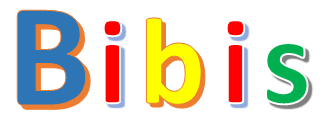











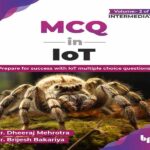
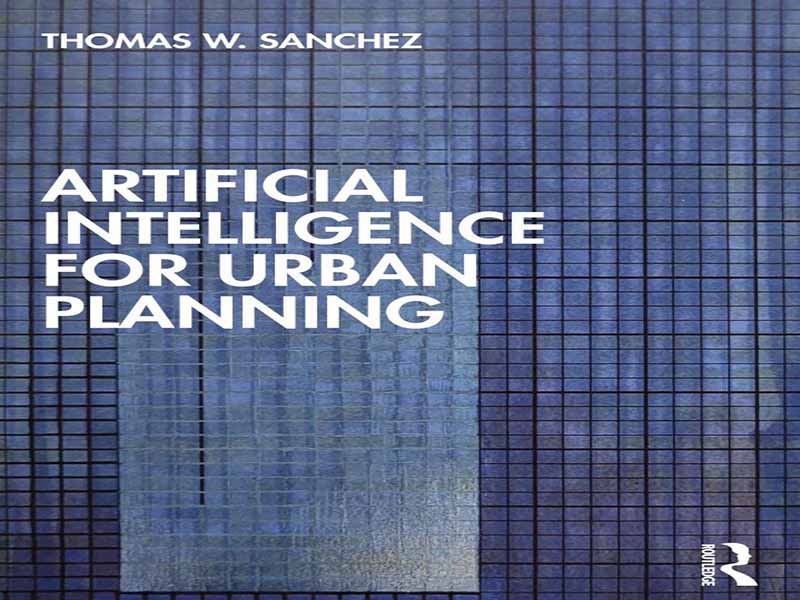


















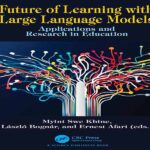

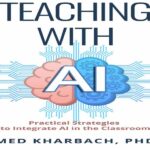

نظرات کاربران